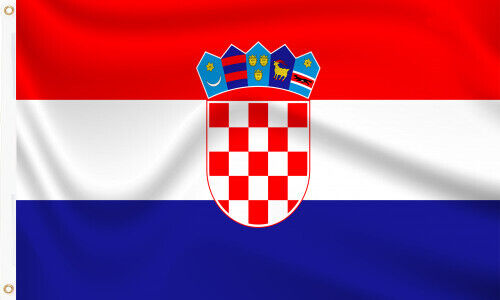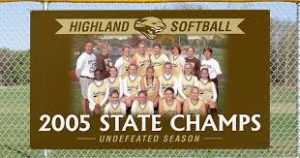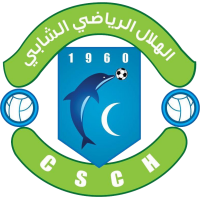
Croatia 1. League
Typically running from August through May, the league’s schedule is carefully planned to account for varying weather conditions that could impact gameplay. Clubs prepare for the season by undergoing pre-season training camps, fine-tuning tactics, and honing fitness levels to compete.
Matchdays evoke an atmosphere incomparable to any other sporting event. Fans arrive hours before kickoff, filling stadiums with anticipation and energy. The vibrant chants, colors, and traditions associated with each club create a unique ambiance.
Clubs often engage with their communities, organizing events that bring fans closer to the action and foster loyalty. Supporters’ groups play a crucial role in maintaining the spirit of the game; they travel across the country to cheer on their teams, adding an electrifying dimension to the league experience.
Additionally, a well-structured media presence enhances the matchday experience for those unable to attend live games. Broadcasters provide coverage, analysis, and insights, connecting fans worldwide to the heart of Croatian football. Iconic moments of the Croatia 1 League become part of the broader narrative of the sport, resonating beyond borders.
Financial Landscape Croatia 1. League
The financial dynamics of the Croatia 1 League are multifaceted. While some clubs boast substantial budgets due to lucrative sponsorships and partnerships, others operate on significantly tighter constraints. This disparity can lead to a pronounced gap in performance, with wealthier clubs often dominating the league.
Confronting this imbalance is one of the critical challenges facing the league. Clubs strive to balance short-term success with sustainable practices, recognizing the necessity of developing a robust youth academy that can nurture future stars. By investing in grassroots programs, clubs can potentially level the playing field, ensuring that talent rises regardless of financial status.
Moreover, international transfers present both opportunities and challenges for the league’s financial health. When clubs successfully develop players who catch the attention of larger European teams, they can benefit from transfer fees that inject capital into their operations. However, the inherent risk lies in losing key players, disrupting team chemistry, and necessitating continuous rebuilding efforts.
Overall, the structure and format of the Croatia 1 League are designed to maximize competition and enhance football culture within Croatia. Its ongoing evolution reflects the changing dynamics of the game, while the passion and fervor of its fans remain unwavering.
Key Teams and Rivalries
No discussion of the Croatia 1 League is complete without acknowledging its key teams and rivalries, which shape the league’s landscape and define its character. The richness of these rivalries goes beyond mere statistics; they embody traditions, histories, and the collective memories of fans.
Historical Giants: Dinamo Zagreb and Hajduk Split
At the forefront of Croatian football, Dinamo Zagreb and Hajduk Split represent two of the oldest and most successful clubs in the Croatia 1 League. Their rivalry, known as the “Eternal Derby,” transcends football, intertwining with the cultural fabric of the nation. Matches between these two giants are not merely contests for points; they are battlegrounds that evoke deep emotions and passions among fans.
Dinamo Zagreb, headquartered in the capital city, has established itself as the powerhouse of Croatian football. The club boasts a remarkable record of league titles and has consistently performed well in European competitions. The club’s ability to attract top talent and implement innovative training methods has solidified its reputation both locally and abroad.
Hajduk Split, representing the coastal city of Split, embodies a rich history and tradition. Founded in 1911, the club is revered for its passionate support base and contributions to Croatian football over the years. The “Poljud” stadium, with its unique architectural design, provides an electric atmosphere during matchdays, fueling the fire of rivalry.
The intensity of the matches played between these two clubs captures the essence of the Croatia 1 League. They serve as reminders of the fierce local pride each club carries, with victories and defeats reverberating through their respective cities.
Emerging Contenders: Rijeka and Osijek
While Dinamo Zagreb and Hajduk Split dominate headlines, clubs like Rijeka and Osijek are steadily carving out their own identities within the league. Both teams have made impressive strides in recent years, consistently challenging the traditional powerhouses.
Rijeka, based in the beautiful coastal town of the same name, has emerged as a formidable competitor in the Croatia 1 League. Their strategic investments in youth development and infrastructure have paid off, leading to domestic success and participation in European tournaments. This progress reflects a commitment to evolving beyond their historical constraints while building a brand synonymous with quality football.
Osijek, located in the eastern part of Croatia, has established itself as a club with strong community ties and a loyal fanbase. Their approach focuses on nurturing local talent through academies and integrating them into the first team. This commitment resonates profoundly with the supporters, creating a sense of belonging and shared dreams.
Matches involving Rijeka and Osijek offer an intriguing contrast to the historic rivalry between Dinamo Zagreb and Hajduk Split. They showcase a different style of play and demonstrate the potential for competitive parity in the Croatia 1 League. As these clubs continue to grow, the future looks promising for the league as a whole.
The Underdogs: Istra 1961 and Varazdin
While the spotlight tends to shine on the historical giants, it’s essential to acknowledge the underdogs that add depth and intrigue to the Croatia 1 League. Clubs like Istra 1961 and Varazdin exemplify the spirit of perseverance and ambition.
Istra 1961, hailing from Pula, embodies the determination to compete against established opponents despite limited resources. The club’s journey includes fluctuations between divisions and an unwavering commitment to fostering local talent. Istra’s fans remain fiercely supportive, creating an atmosphere that rivals larger clubs even during challenging periods.
Varazdin, another club with aspirations of grandeur, has made headway in recent seasons. Their resurgence in the league speaks volumes about their dedication to overcoming obstacles and striving for excellence. The club’s ambition resonates with the fans, who rally behind them in hopes of celebrating success.
The stories of these underdog clubs remind us of the unpredictability of football. Each match presents an opportunity for shock results, where anything can happen. These encounters enrich the league’s narrative and highlight the passion driving every participant, regardless of their position on the table.


